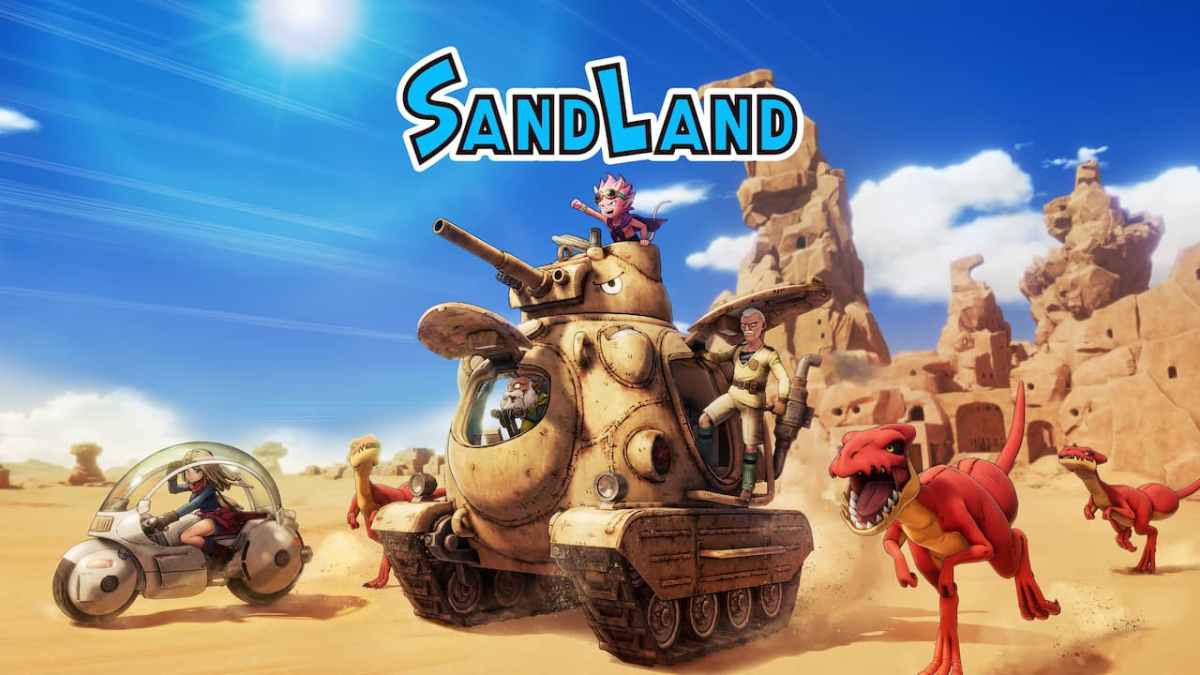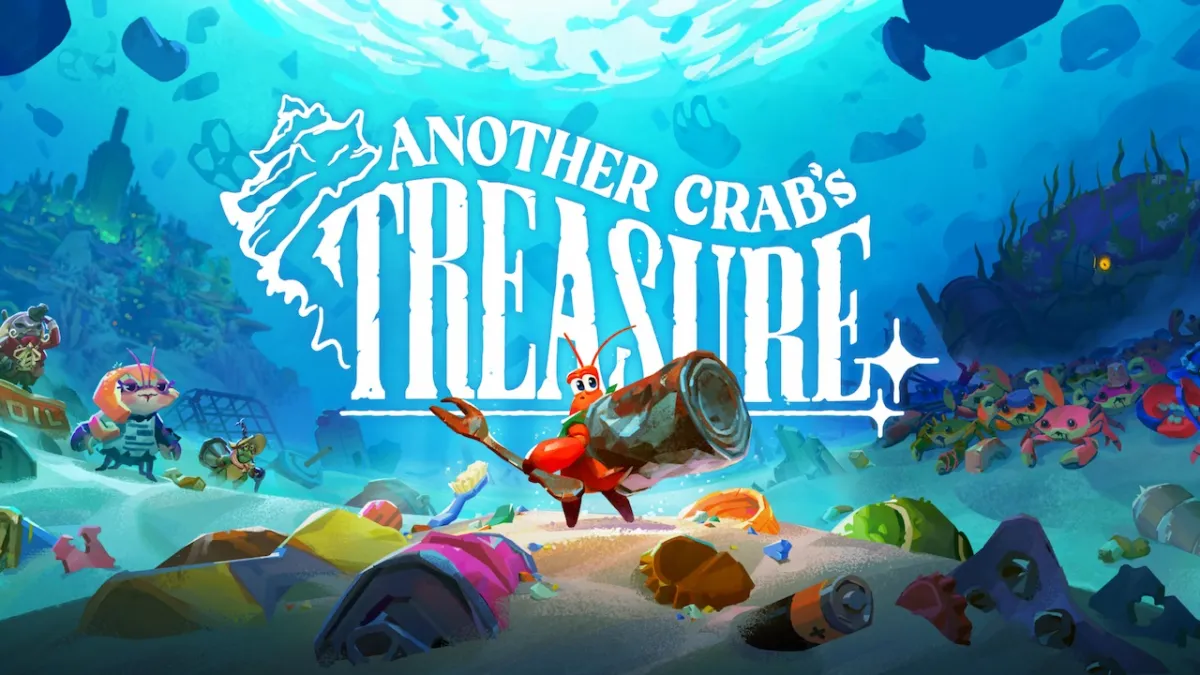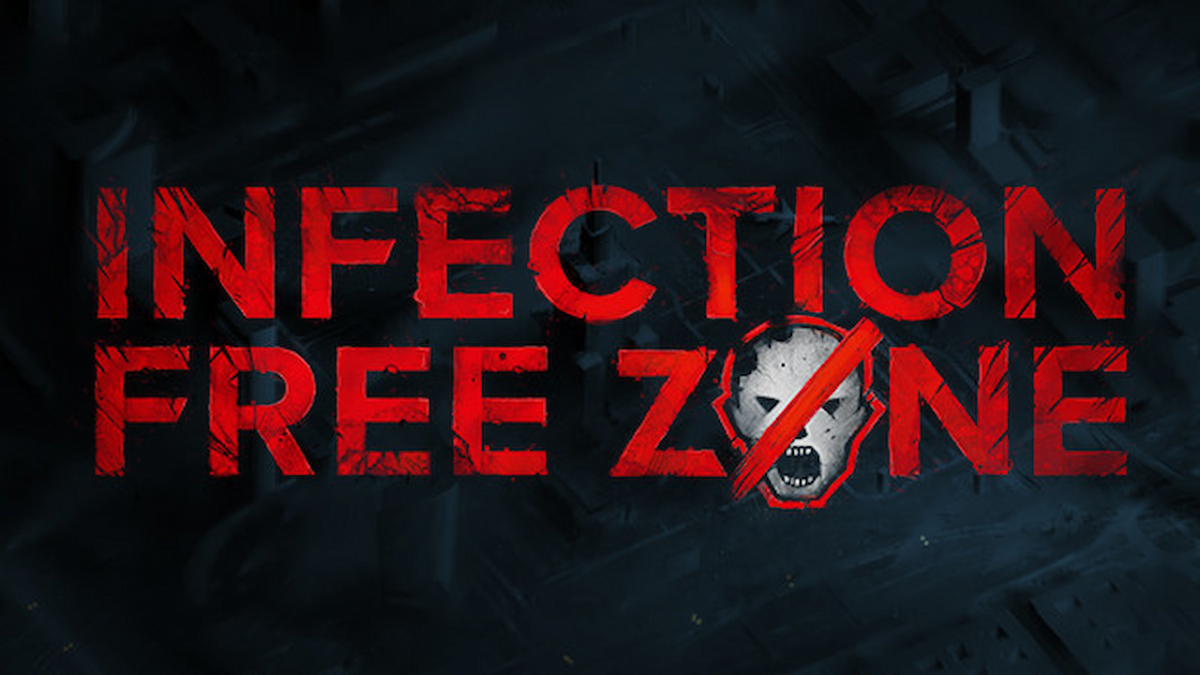What do you call a cross between a RTS game and arena-based deathmatch? Nexagon: Deathmatch! Don’t ask me where the name comes from but that’s what Strategy First is calling its new RTS game. Nexagon incorporates the fundamentals of RTS gameplay and drops it into a deathmatch arena. Which raises some interesting questions. Is it deep enough to appeal to RTS fans? Will it keep action fans interested for long-term play? Let’s find out.The game is set in the 44th Century where, for the entertainment of billions of TV viewers, prisoners fight for survival in the gladiatorial arena called Nexagon. The TV networks of the future want the best ratings and the only way to achieve this is to provide plenty of violence for the viewing audience. Hey, not much different than today! Each Nexagon has a Nexus, where a prisoner’s consciousness lies. From there, the prisoner can command their horde of Thralls to either destroy an opposing prisoner’s Nexus or outscore them. The prisoner continues to fight their way up to the top. What happens when they reach it? Who knows and you won’t care since the backdrop is really an excuse to play some RTS- style deathmatch so let’s move on to what really counts – the action!The objective of Nexagon is to either destroy your opponent’s Nexus, which lies in a heavily fortified sanctuary, or outscore them at the end of the three period match. Why three periods? Well, Strategy First is a Canadian company and what’s more Canadian than… hockey! The funny thing is that the three period duration tends to work pretty well since it gives the game an added sense of urgency with its time-based duration. Though I can see some gamers getting a tad frustrated since the limited time periods make it difficult to stage a comeback from a large deficit, unless of course you “go for the jugular” by destroying your opponent’s Nexus.This leads me to one major complaint about the lack of information relating to an opponent’s point scoring. Points are scored by fragging, grabbing bonuses, or defending billboard locations (for corporate sponsorships, of course). The game plays much like an actual team-based sporting event as offensive and defensive tactics influence your choice of units to use in each period. But when it comes to implementing a defensive strategy to stop your opponent’s offensive onslaught, you feel more like Stevie Wonder than Jon Gruden coaching your team. There is no way of knowing how the h** your opponent is racking up points. The game needs to provide information on how points are being scored against you so you can act accordingly. Otherwise, you fall further behind in points and then the only possible chance of winning is to destroy your opponent’s Nexus, which is no easy task. This keeps the game from having any semblance of balance, which is a real downer since Nexagon does a good job of requiring the use of offensive and defensive tactics for success.There are no resources to manage and there are only four unit types (Thralls) per side (army). The strategy is really based on how you manage your team in and out of the arena. You want to give each team unit enough experience so they can improve their offensive and defensive skills but on the flip side, you need to know when to bench them so they can recover from battle injuries. If you’re the type of gamer who wants to do as little planning as possible, then Nexagon fits the bill. During gameplay, unit placement and movement is critical for success. So much so that there is a time-out feature, which allows you to stop the action, survey things, and then plot out unit movements and attacks. Automatic pauses are also triggered by certain events such as a unit being knocked out. I didn’t find the pauses to be all that helpful since there are so few units to control (maximum of six) and the action changes too quickly, so the moves implemented during the pause only help for a brief moment.The arena designs aren’t bad but lack any real variety. The ability to modify the design of your Sanctum and laying down traps help to keep the arenas somewhat interesting but it’s not enough to keep the arenas interesting in the long run. Editing tools would help immensely in this area but they are not included with the game and it’s not known if there are plans to release them in the future. Things don’t look so promising if the online multiplayer activity is any gauge since going online is like visiting a virtual ghost town.The units or Thralls, as they’re called are one of the high points in the game. You get to field a maximum of six Thralls for each match. The Thralls specialize in either melee-based or long-range attacks and their mobility varies widely – from slow and lumbering such as the Golem units to fast and nimble Drones. The graphics and animations for the Thralls are really cool to watch, especially when you zoom in on the action. The melee attacks are a site to see since the attacks range from weapon slashing to boot stomping. When a Thrall gets knocked out during the game, they respawn back at your Sanctum to heal. If a Thrall enters a match injured from previous games and takes on additional damage, there is a strong likelihood they’ll buy the farm during a match. This is actually pretty funny since a tombstone pops up on the spot where they die. How can this be funny? Well, you can score points by desecrating the grave of a dead enemy Thrall (i.e. blasting their tombstone to smithereens). I’m not the type to rub it in but for some reason I get a certain level of satisfaction in doing this while playing Nexagon. Most of the objects in the game are fully destructible, which is a cool feature since it opens up (pun intended) offensive opportunities as well as being the only way you can breach your opponent’s Sanctum.The camera view in the game has a fair amount of flexibility with zoom and rotation being the primary methods for adjusting the view. You’ll find yourself using a top-down view the most since you’ll want to see as much of the arena as possible so you can react quickly to attacks. My only complaint with the camera is that it’s difficult to achieve a good isometric view. I was only able to get an isometric view when zooming in but unfortunately, this severely limits the viewing area of the arena. This is a strange limitation since most RTS games have the isometric view as a standard. So it’s pretty much a top-down view with brief zoom-ins to get a close-up view of the action.Nexagon is a tough game to judge since it’s really not deep enough to satisfy hardcore RTS gamers but yet seems to be a tad too difficult for casual RTS players. By trying to appeal to a wider audience, Nexagon misses the mark and ends up being a niche title that will only appeal to gamers looking for a slightly different take on the RTS genre.
Read Article Sand Land review – Story above all else

Rating:
7

Category:
Reviews
Sand Land review – Story above all else


